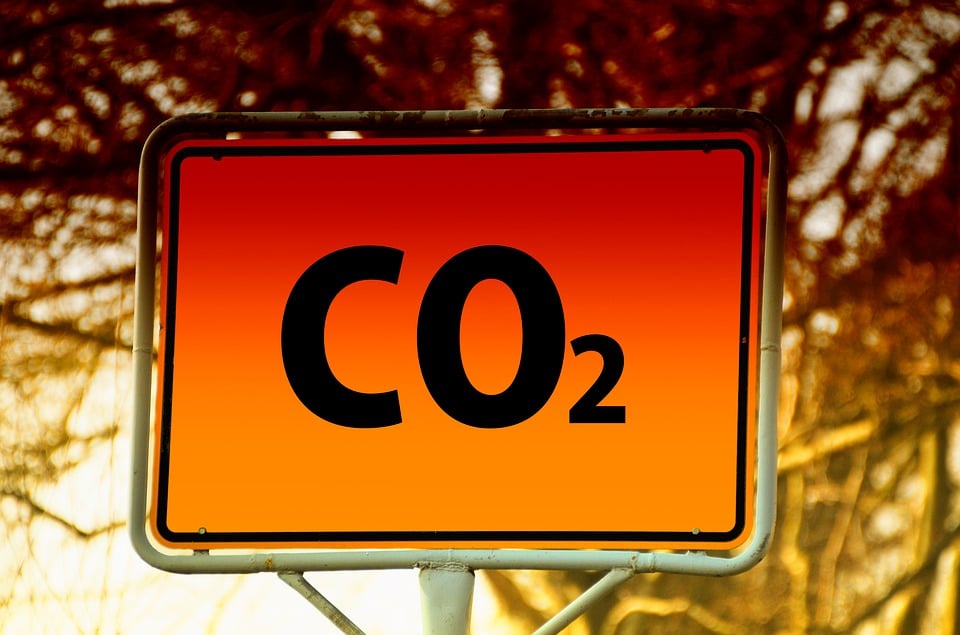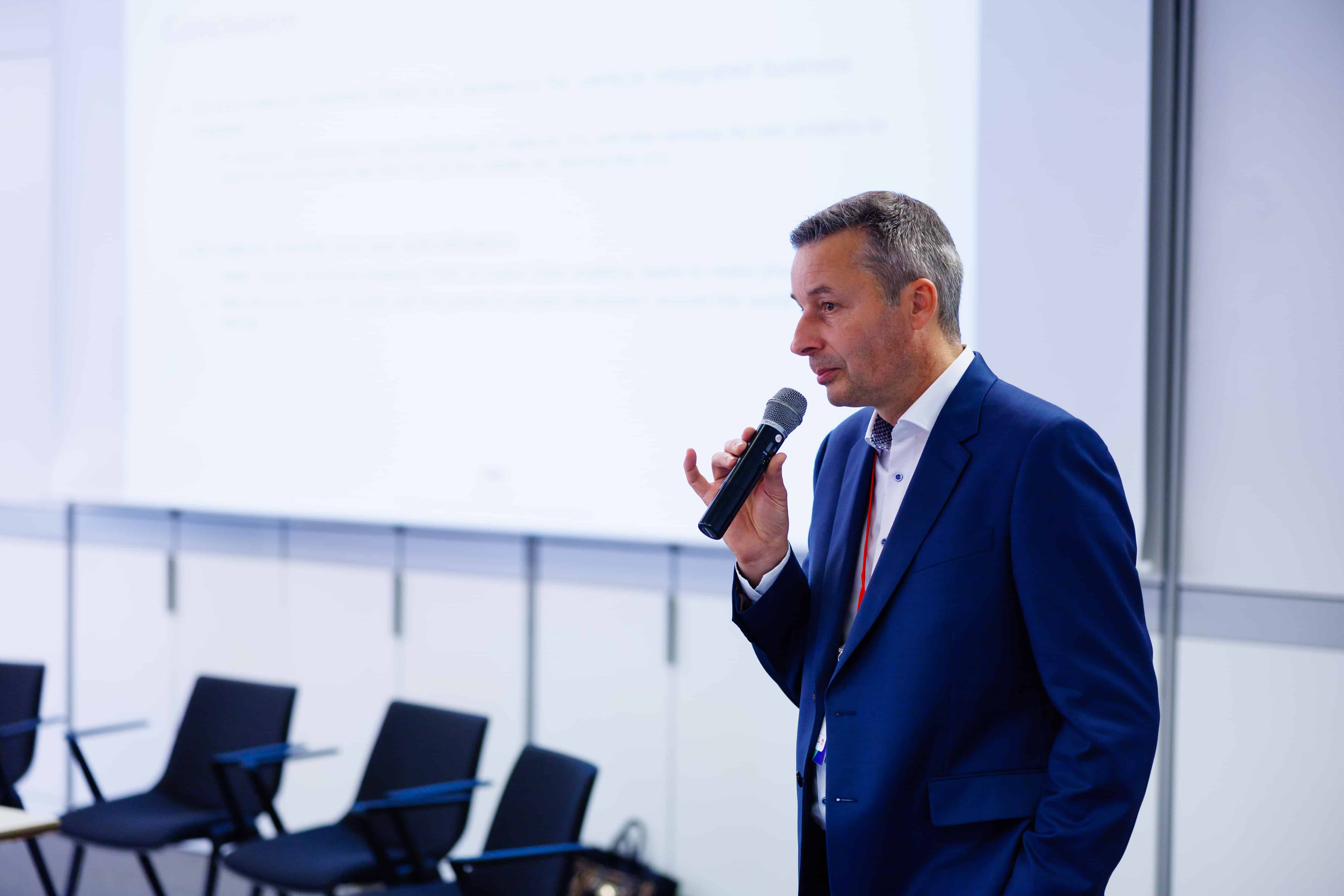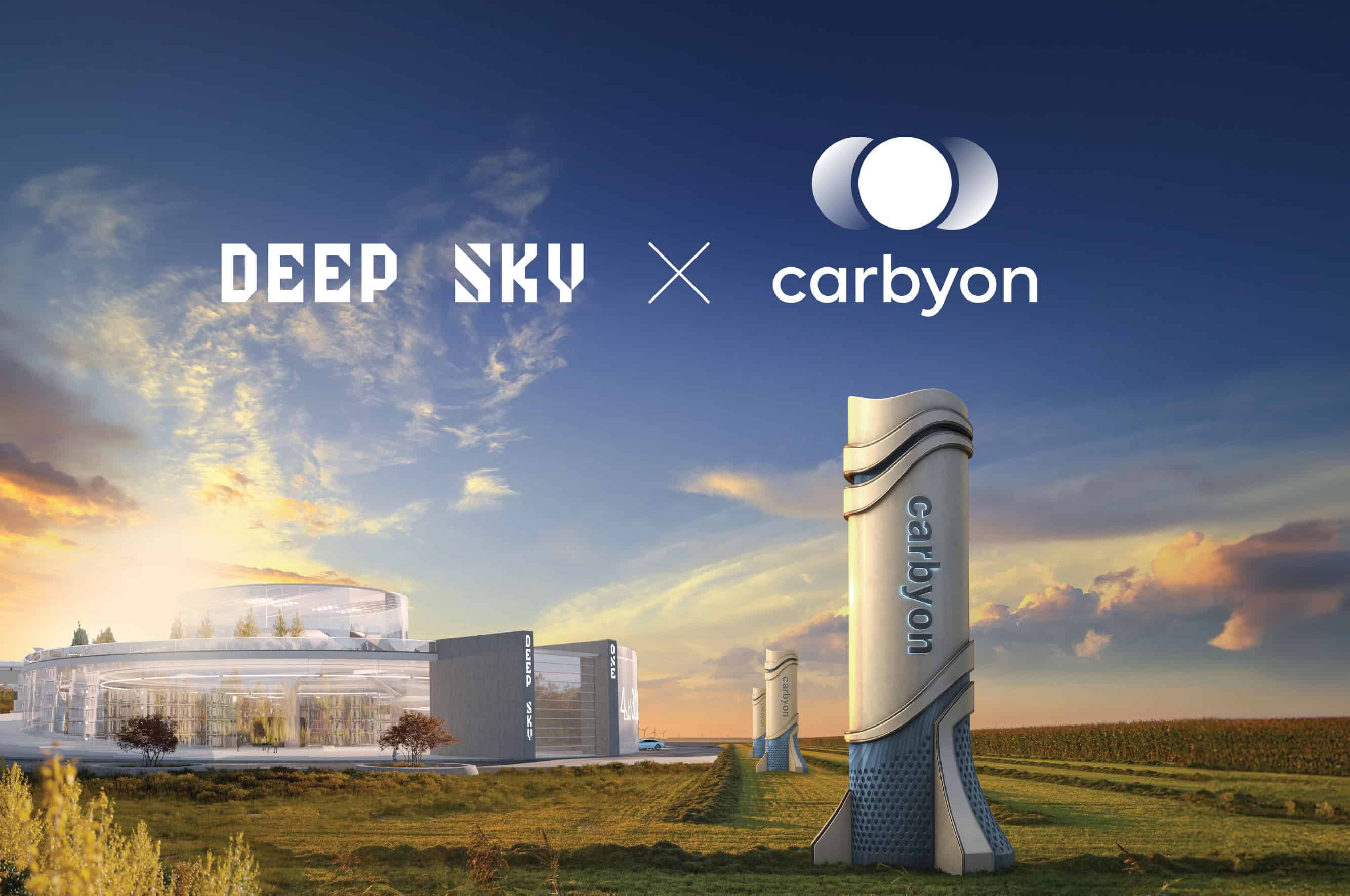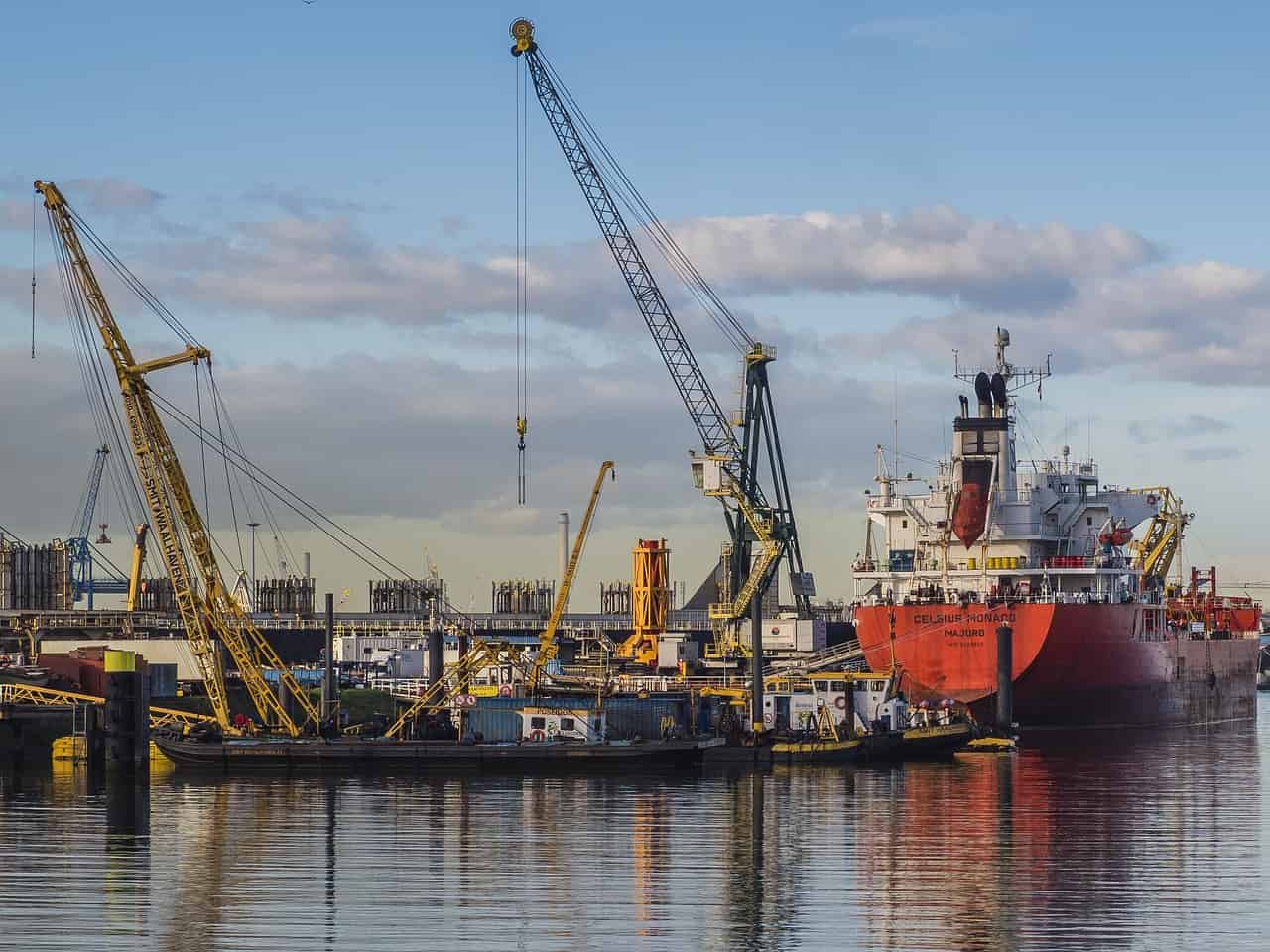
They are springing up like mushrooms these days: start-ups that remove CO2 from the air with the help of Direct Air Capture (DAC for short). The proliferation of this technology is not particularly surprising; according to rating agency BeZero Carbon, it is shaping up to be a trillion-dollar industry. But can DAC technology make a substantial contribution to global climate ambitions? Change Inc. has put that question to two experts.
Hans de Neve (who works at the Netherlands Organisation for Applied Scientific Research, TNO) is the founder of Carbyon. The start-up is working on a new form of Direct Air Capture, which should be able to extract much more CO2 from the air than current technologies. “One of the main challenges facing DAC technology is that the process of CO2 capture is extremely slow. We are expecting to be able to ‘capture’ much more CO2 in a much shorter time frame,” De Neve states. Carbyon is currently working on a prototype which should be ready early next year.
Maarten Steinbuch is professor of systems and control engineering at the Eindhoven University of Technology (TU/e) and scientific director of the Eindhoven Engine accelerator. In his work, he regularly comes into contact with DAC technologies and he also supports and advises start-ups such as Carbyon. Change Inc. asks both experts ten questions about Direct Air Capture.
1. What is Direct Air Capture?
Steinbuch: “In a nutshell, it removes CO2 from the air. That is the great thing DAC technology promises. The CO2 is filtered out by sucking regular ambient air through a membrane with the help of large fans.”
2. How does it work exactly?
De Neve: “There are several materials that react with CO2, such as specific types of amines and potassium carbonate. The membranes in DAC plants are made of those materials. Large fans then draw ambient air in through the membranes. This is how greenhouse gas is filtered out of the air. Once the membrane has filled up, it is then heated which causes the CO2 to be released. That way you can ‘harvest’ it and store it in temporary storage tanks. Then you can do whatever you want with it.”
3. What are some of the potential business cases?
Steinbuch: “I’m expecting a lot from solar fuels, such as SAF (Sustainable Aviation Fuel, ed.) over the next twenty years. In order to make these sustainable fuels, you not only need green hydrogen but also green CO2. By far the most sustainable source of CO2 is in the atmosphere. After all, when burned, fuels made from it only emit CO2 that was previously in the atmosphere.”
De Neve: “If we can make renewable hydrogen as well as carbon, then we are practically there. We consequently won’t need fossil fuels anymore – and sustainable aviation, shipping and freight traffic will be within reach. DAC can provide a renewable source of carbon.
We have also already put far too much CO2 into the atmosphere. If we want to stop global warming, it has to be removed sooner or later. DAC can play an important role in that as well.”

4. Is it an expensive move?
Steinbuch: “Yes, at the moment. That’s the main problem. The CO2 concentration in the air is roughly 0.04 percent. That’s why the DAC plants that are already in operation are so large; they have to move incredibly large quantities of air for a very small amount of CO2. Partly because of the size of the plants, DAC is far too expensive at the moment.”
De Neve: “Energy consumption is also a problem. At present, we need about 3000 kilowatt hours to extract one metric tonne of CO2. In any case, that needs to climb to 1,000 kilowatt hours per metric tonne for the business case to be interesting.
The main challenge now is how to do this with significantly cheaper systems and substantially less energy consumption. We still have a long way to go. Right now it costs €500 to €700 to capture one tonne of CO2. That would have to come down to between €50 and €100 per tonne for widespread adoption.”
5. What can we already do and what can’t we do yet?
Steinbuch: “We are capable of building very large-scale plants that are capable of removing CO2 from the air. For the time being, we are talking about small quantities and this is too expensive, but we can do it. The principle does work. So it is past the infancy stage, but still a long way off an industrial scale. In various places around the world, scientists are researching how we can do this more efficiently and cheaply.”
De Neve: “It is definitely a proven technology, even on a certain scale. But will we be able to get the costs down? That hasn’t been proven yet. Many start-ups (such as Carbyon) are trying to crack that nut, but they haven’t been successful so far. It’s not easy either; we are working on the edge of what is thermodynamically possible. No one knows if we will eventually manage to pull it off. That’s why policymakers view the technology as unproven for now, and I actually tend to agree. We simply don’t know yet whether it can be done in a cost-effective way. But I am optimistic about that.”
6. Where can we use Direct Air Capture in the best way?
De Neve: “Basically everywhere, because the CO2 concentration in the atmosphere is the same everywhere. But ideally you should do this in places where there is a lot of potential for solar and wind energy. For instance, think of places like Australia, Tasmania and southern Chile. This is where you can produce renewable electricity cheaply, and where the business case for renewable fuels (which you can make with CO2 from the air, ed.) makes the best sense.”
7. Does Direct Air Capture also come with any drawbacks or unwelcome side effects?
De Neve: “No, not really. Of course there are CO2 emissions involved in the construction and dismantling of the plants and that uses a fair amount of electricity, but that doesn’t outweigh the positive impact you make with them. We do not use rare earths or other scarce resources, and the installations have little impact on the environment where they are located. In any event, the fans are not spinning hard enough to suck up insects or birds; in fact, a gentler airflow is preferred to keep energy consumption low.”

8. How does this compare to other ways of carbon removal, such as planting trees?
De Neve: “To give you an idea, a DAC plant like the one we have in mind would require ten thousand times less surface area than forests to remove the same amount of CO2 from the air.”
Steinbuch: “Planting trees is also a good thing, we should definitely do that. But that takes a very long time before it has any effect. What’s more, we can’t use the CO2 that trees store, whereas with DAC we can. In addition, what makes DAC technology interesting is that it may eventually allow us to regulate the CO2 concentration in the atmosphere. But that is still really very much in the future.”
9. Could this make a substantial contribution to the fight against climate change?
De Neve: “We need millions of these kinds of plants to make an impact. That is no small feat. But remember: tens of millions of new cars are manufactured every year, so it’s certainly not impossible. Let’s imagine that in the long run we are able to manufacture 50 million DAC plants each year, each of which removes 100 tonnes of CO2 from the air each year… Then you’re talking about a capacity of 5 billion tonnes of CO2, which you could add on to every year. That won’t happen overnight, of course. Quite the contrary, in fact, because the technology is not yet mature enough for scaling up. But I do believe it can be done, because a DAC plant really isn’t any more complex than a car.”
Steinbuch: “Direct Air Capture is going to play an essential role in helping us to achieve our climate ambitions. It can’t be done any other way, because we desperately need it. Whether it can be done affordably and at the scale needed remains to be seen. But I am a techno-optimist. Five years from now, I expect this will have grown into a serious and cost-effective product. And with any luck, we will be able to adopt it on an industrial scale in ten years’ time.”
10. If at some point we actually remove substantial amounts of CO2 from the air this way, what do we do with it next?
De Neve: “I think the market for renewable fuels is going to be a massive one. And that is going to stay that way, because we will always need fuels on an ongoing basis. Also, cleaning up the atmosphere, or permanently removing CO2 from the air, is a one-time operation. For one thing, we can use empty oil and gas fields for that – they can be used as reservoirs to store CO2.”
This article is courtesy of ChangeInc, who Innovation Origins has an editorial partnership with.







